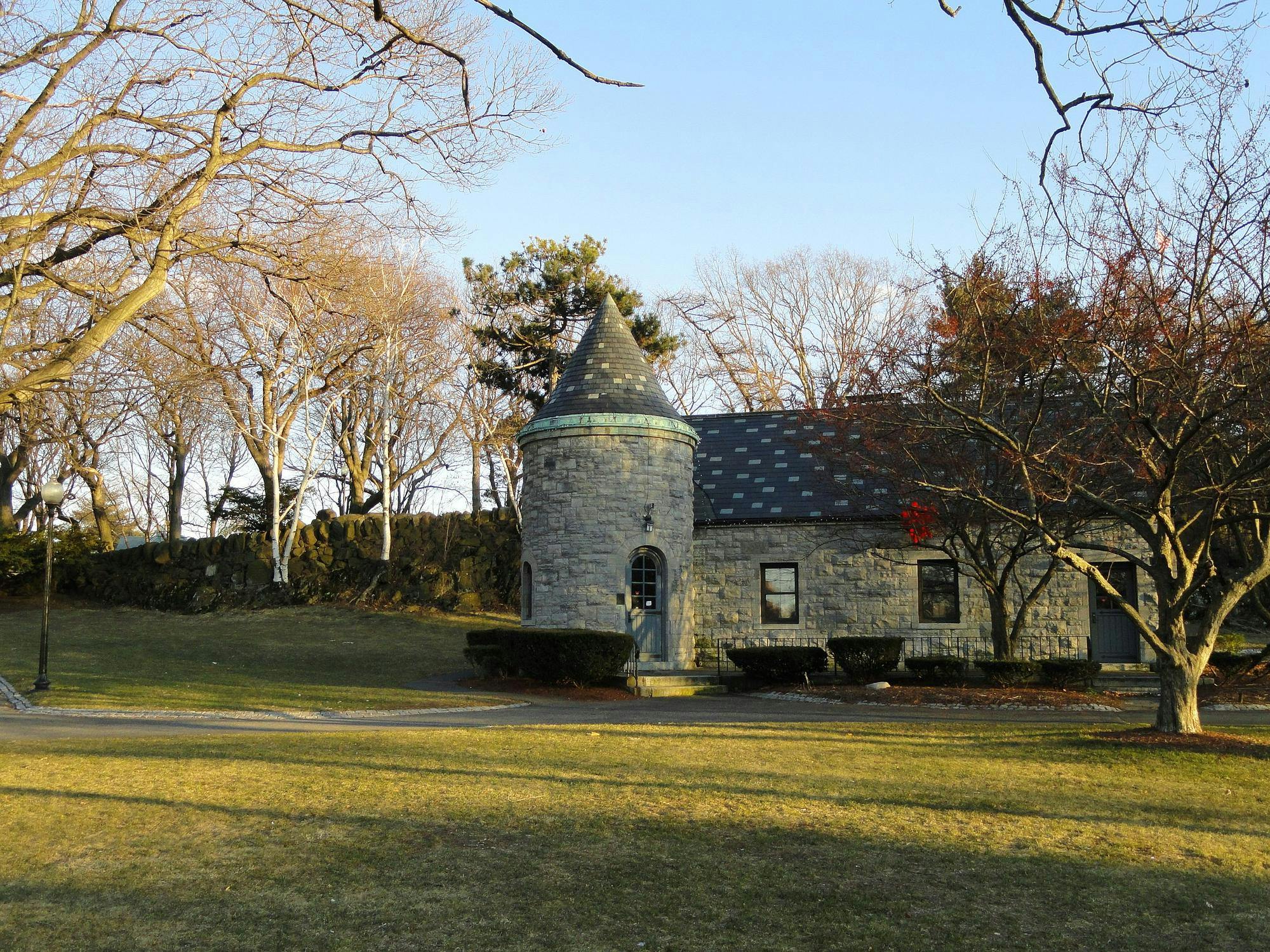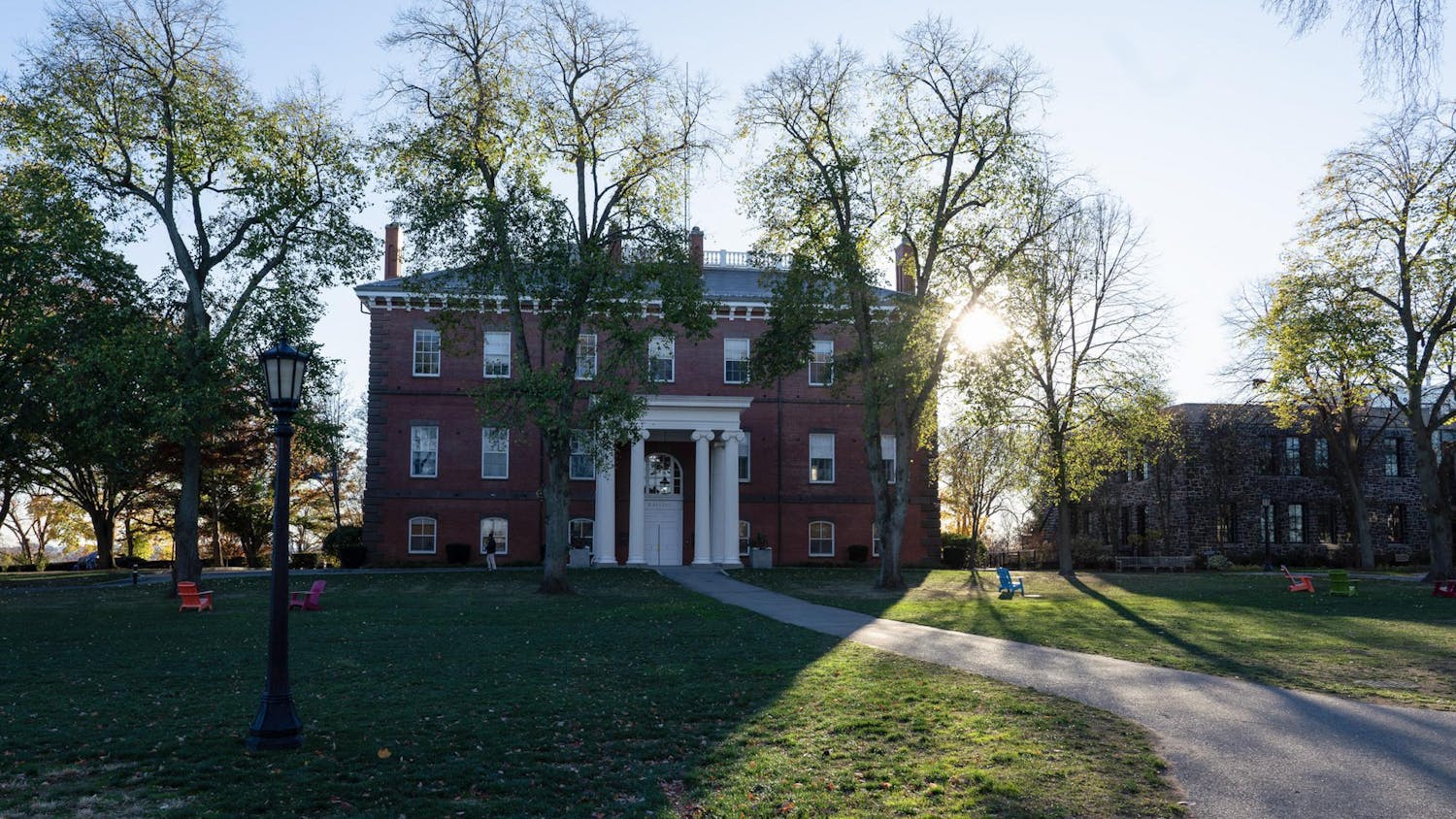Representatives from the City of Somerville gathered feedback from community members at two public meetings earlier this month in order to update the city’s conservation and recreational development goals for the next seven years.
Alison Maurer, ecological restoration planner for Somerville’s Public Space and Urban Forestry Division, hosted presentations at both meetings. Maurer said that while the main guiding force of Somerville’s outdoor development — the Open Space and Recreation Plan — “is a state mandated document but it’s also a really good opportunity for us to recalibrate what the city needs [and] wants every seven years.”
“Today’s goals are really to try to hear from the community about where there are gaps in our recreational programs,” Maurer said to introduce the conversation. “[This] can help us to prioritize our projects and we want to know what the most pressing issues are for you today.”
Luisa Oliveira, director of Public Space and Urban Forestry, noted at the same meeting several key demographic trends in Somerville that are expected to influence updates to the OSRP. According to Oliveira, Somerville has a relatively younger population with a median age of 31 years old, with 15% of the population under 19 years old and 7% under 9 years old.
“With such a young population, there’s a big demand for playgrounds and active uses,” Oliveira said.
Additionally, she noted that 8.3% of Somerville residents have a disability, and, while all parks are designed in accordance with the Americans with Disabilities Act of 1990 guidelines, older parks may no longer be compliant as they age and need updates. She also mentioned that the city is “exploring” the possibility of creating a playground universally accessible to those with disabilities.
“We expect the city will continue to change quite dramatically in the next seven years,” Maurer said while presenting. “We also do a lot of work all the time, so there’s a lot we can get done in seven years. And this is a nice moment for us to calibrate what those priorities are.”
Maurer then opened the floor up to concerns from Somerville community members, asking specifically about play and recreation, parks and urban agriculture, climate resiliency and natural and restorative spaces.
Play and recreation concerns voiced by attendees focused on the accessibility of bathrooms and trash receptacles, as well as general comfort at playgrounds. One young attendee — a student at the East Somerville Community School — spoke up about the heat of his school’s playground structures due to the lack of trees for shade.
Another attendee brought attention to the openness of play structures to older children and teenagers, suggesting that they might feel “unwelcome” and that “a design for middle schoolers” would help offset these sentiments.
“I honestly just like an open field,” the attendee said, suggesting that volleyball courts might be another popular addition for teenagers and middle schoolers. Others suggested a graffiti wall for creative expression and open areas intended for youth to create online content for social media platforms like TikTok.
The attendee also considered adults and seniors, who “in part, are more sedentary, so thinking about features that might encourage more activity” would cater toward a larger community base.
Discussions about urban agriculture involved ideas on how to make community gardens more accessible, such as keeping them safe from pollution and incentivizing community members to get involved. The impact of climate change was discussed as well, with flooding and stormwater management being important concerns for several Somerville residents in attendance.
Attendees felt like the urban landscape of Somerville also makes access to nature difficult. Members of the community shared their favorite outdoor spaces in the area where they felt most connected with nature, which included Symphony Park, the American Academy of Arts and Sciences and the Community Path.
One resident also shared concerns about a lack of protection for Somerville’s vegetation.
“I think part of why we have so little biodiversity in our city is because we’re not taking good enough care of our native plantings, and we have so many invasive species that are taking over so much,” the resident said. “And I feel like that’s also going to stifle the ability of the native plantings to successfully grow with climate change.”
The Somerville government is also holding a virtual session on Jan. 25 to share the draft of the 2023–30 OSRP with the public in hopes of ensuring the action plan is aligned with the focus of the general community.






